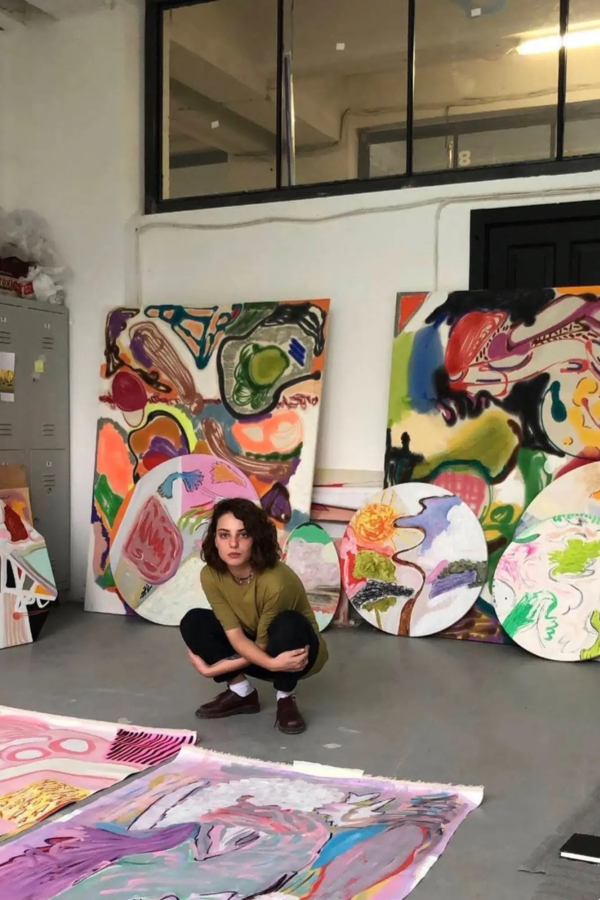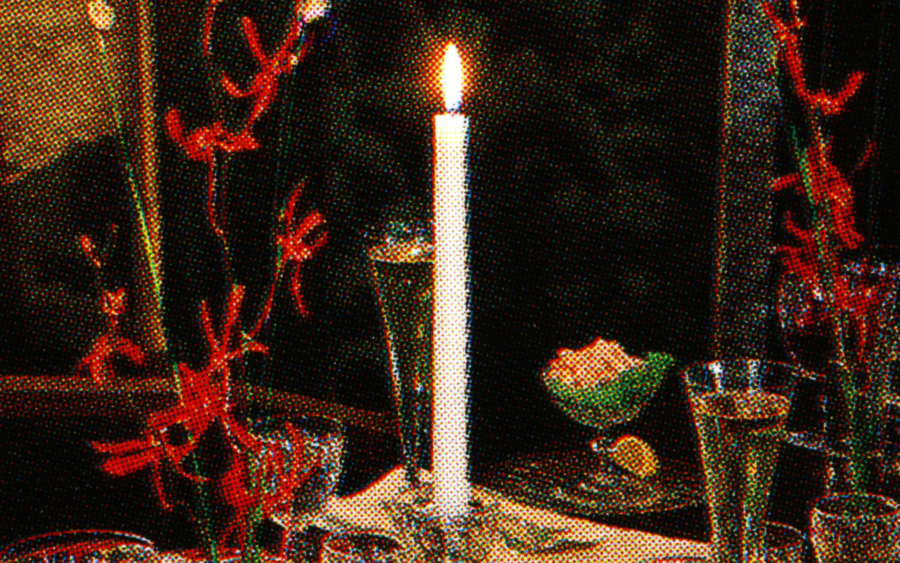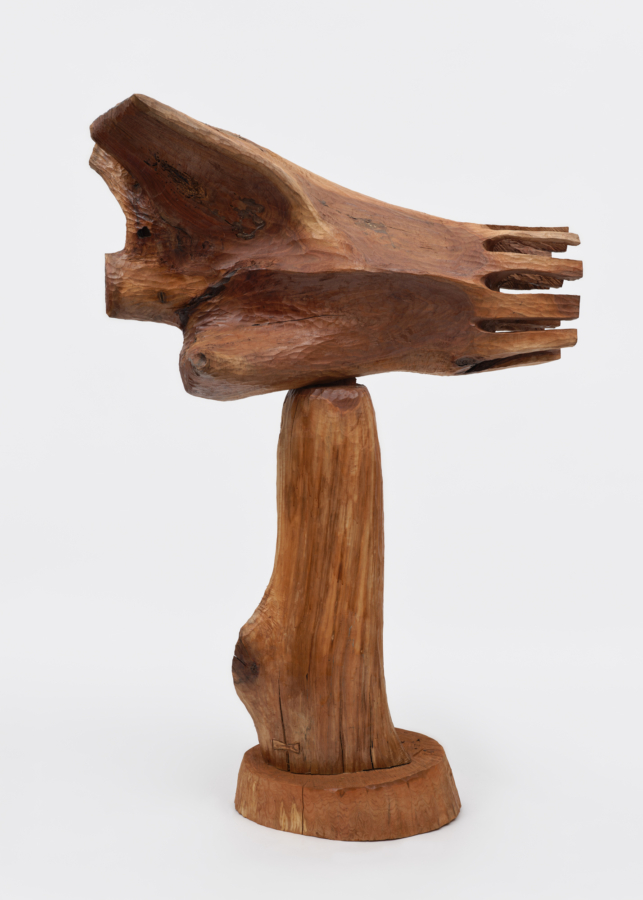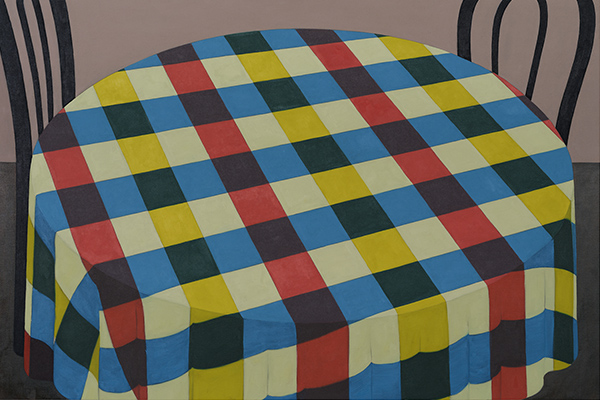July 7, 2022
Download as PDF
View on T: The New York Times Style Magazine

Tamo Jugeli in her Tbilisi, Georgia, studio. Courtesy of the artist and Polina Berlin Gallery
ART SCHOOL, AT least as it exists in the U.S., is a relatively new invention. The availability of a degree in fine arts, and the expectation that an artist earn one, became typical around the end of World War II, when the G.I. Bill afforded veterans the ability to attend colleges and universities. Before then, aspirants to the art world largely figured out the mechanics themselves, through apprenticeships, maybe, or informal classes at independent schools like the Art Students League of New York, where working artists like the painter Thomas Hart Benton instructed Jackson Pollock, even if the instruction shaded toward the antagonistic (Benton despised abstraction; Pollock said the only thing that he learned from the older artist was how to drink a fifth of whiskey a day).
The popularization of a more rigorously structured art education and its formation of a body of professionalized graduates also created an oppositional group: everyone else. Artists who weren’t formally trained suddenly became known as self-taught, a fuzzy bit of nomenclature that’s probably too nuanced for its own good. The term seems to refer to autodidacts, the annoyingly adept among us who decide one day to learn how to paint or pick up Italian or repair a carburetor, and then manage to do exactly that, which, while not an inaccurate depiction, is incomplete. “Self-taught” is also a euphemism, one eliding the structural reasons why an artist might have gone without formal education. The idea folds in “outsider art,” meaning art outside the canon (itself the construct of historians, museums and critics) that’s typically made by nonwhite or non-male artists, and can sometimes also include folk art. Art Brut, Jean Dubuffet’s taxonomy of “raw art,” from which the idea of the outsider stems, defined a narrower idea — art out of bounds of mainstream culture, made by prisoners, patients of psychiatric centers and others existing on society’s margins and considered impolite by its center.
…
TWO YEARS AGO, the Georgian artist Tamo Jugeli was accepted into the Kunstakademie Düsseldorf in Germany, where she’d applied mostly to get out of Georgia. After a brief visit, she declined to attend. “It was amazing, but it was not for me,” she said. “I’m not a loner, but I don’t belong in groups. I could not see myself there.” (This experience mirrored an earlier one, when Jugeli was 8 years old and her parents enrolled her in a painting class. “Everyone says they loved painting and drawing when they were a child, but I never had any interest,” she said. “I hated it. The teacher pressured me to paint realistically. And I just left.”) Now 28, Jugeli, whose washy, globular abstracts were recently on view at Polina Berlin Gallery on New York’s Upper East Side, entered the art world through a side door. She had set out to study journalism and found work editing video for television, with which she soon grew dissatisfied. She bought some sketchbooks and “shitty pencils” and began drawing at work, and for a year made what she described as unimpressive illustrations. She wrote to the Georgian artist Gia Edzgveradze, who agreed to meet her. “That was the first time I was seeing [his] real art and not Instagram tiles,” she said of flipping through his portfolio. “I felt so happy, but also so devastated,” she explained, because she saw how far she had to go to be successful. He was polite, but there wasn’t much to say. Only after Jugeli began painting with oils — “breaking though my old style” — did Edzgveradze become a kind of informal mentor, not teaching her the mechanics of painting, exactly, but pointing her to texts and biographies of artists so she could do her own reading.
“If you ask me, everyone is self-taught,” said Jugeli. “I don’t want to say I was all alone and did everything by myself, because I had great support, but I don’t believe you can learn how to make art — you have it or you don’t have it.”



